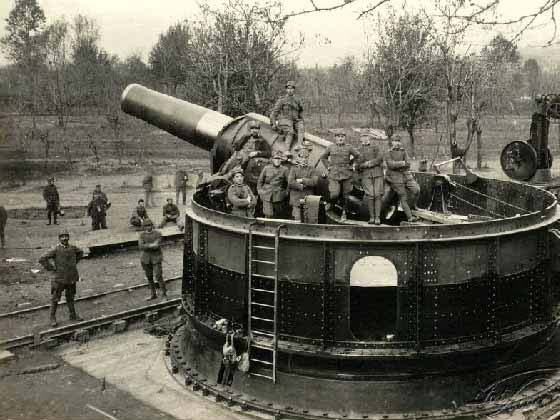The First World War
The Italian Army took the lead in operations, imposing the 11 battles of the Isonzo on the enemy, which reduced the Austro-Hungarian Army to the brink of collapse. For their part, the Imperials conducted a heavy offensive on Pasubio and the Asiago Plateau in 1916, which, had it succeeded, would have allowed them to break into Veneto plain. This fascinating mountainous region from Pasubio to Grappa, coinciding precisely with the current borders of the province of Vicenza, influenced the course of the Italo-Austrian conflict for many months from 1915 to 1918. This statement shouldn’t seem risky or exaggerated: anyone who knows or seriously analyzes the developments of war operations on the Italian front will quickly understand the crucial importance that possession of these positions could have, and in many cases did, as in the key area of Asiago Plateau.
This, then, explains the astuteness and extraordinary determination with which the Austro-Hungarians sought to maintain control of these precious thresholds, and also clarifies the obstinacy with which the Italians attempted to recapture them. Vicenza, a border city with the front just a few dozen kilometers away, was declared a war zone on May 23, 1915, along with the entire provincial territory. This immediately led to the nighttime blackout of the capital and all its residential areas. The Austrian offensive was not only blocked, but an offensive was launched on the Isonzo front with skillful maneuvering along internal lines, leading to the liberation of Gorizia (August 1916).

Artiglieria da Marina austriaca, cal. 305 mm

